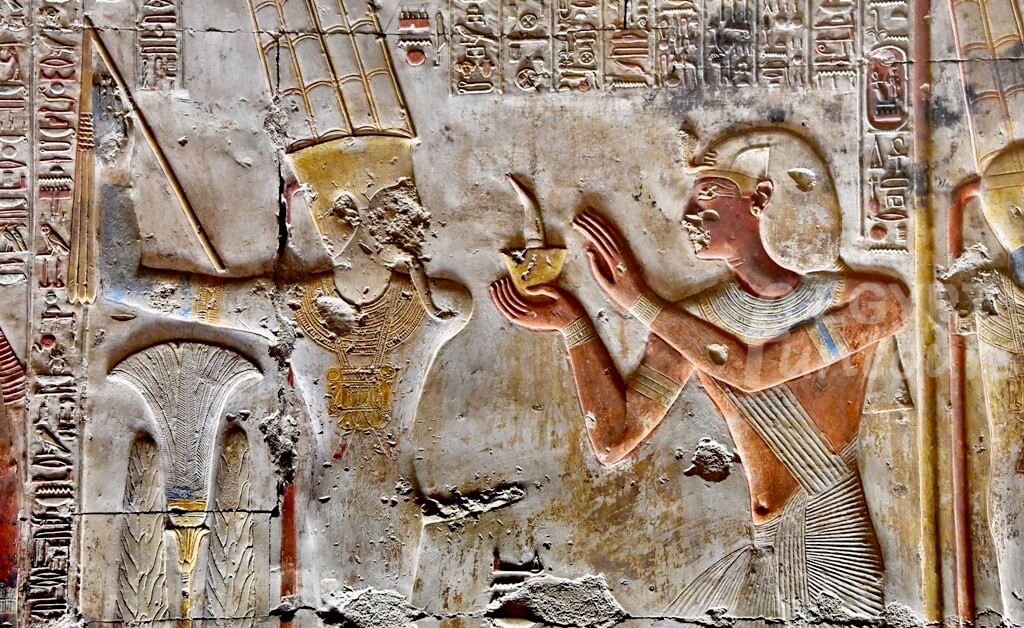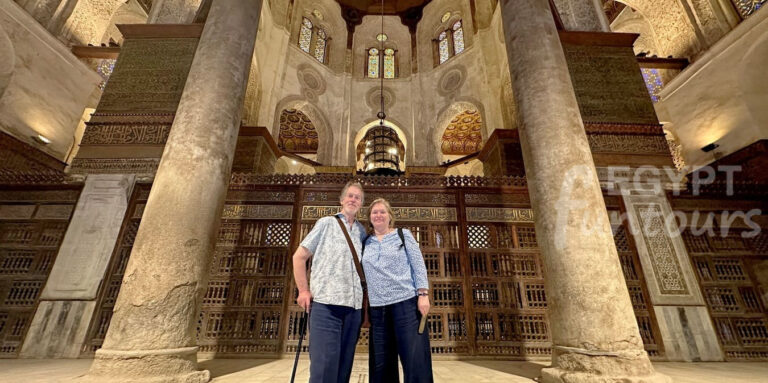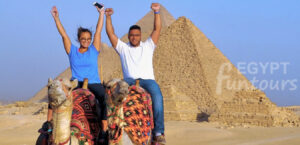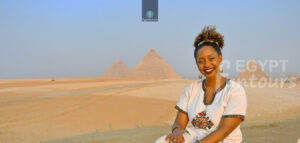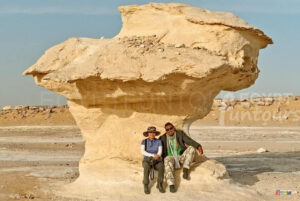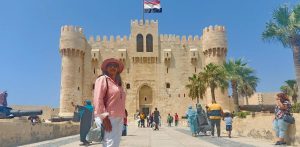The Theban Triad: The Divine Family of Luxor
The Theban Triad, “Luxor Triad,” was the most influential divine family in ancient Egyptian mythology. It consisted of the chief god Amun, his consort Mut, and their son Khonsu. This powerful trio, revered as the patron deities of the city of Thebes (modern-day Luxor), held immense religious and political importance, especially during the New Kingdom (c. 1550–1070 BCE). Their worship shaped the religious landscape and architectural grandeur of Thebes, a city that became Egypt’s religious capital. This article delves into the roles, relationships, and enduring legacy of this formidable triad.


